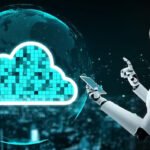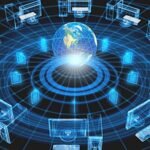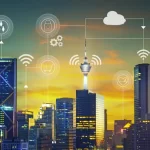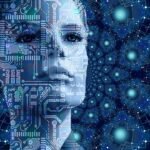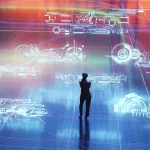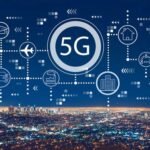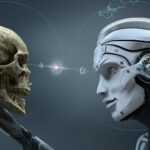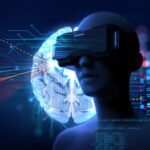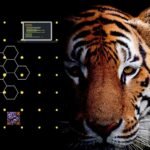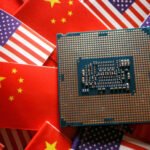Web 2.0 vs web 3.0
The internet has become an integral part of our daily lives, revolutionizing how we connect, communicate, and consume information. Over the years, the internet has evolved from static web pages to interactive platforms, giving rise to Web 2.0. Now, a new era is dawning with Web 3.0, promising even more advanced capabilities and transformative experiences. In this blog, we will explore the key differences between Web 2.0 and Web 3.0, shedding light on the exciting prospects that lie ahead.
Web 2.0: The Era of User Participation Web 2.0 represents a significant shift in the internet landscape, emphasizing user participation, collaboration, and social interaction. Here are the key characteristics of Web 2.0:
- User-Generated Content: Web 2.0 platforms allow users to create, share, and modify content. Social media, blogging platforms, and video-sharing sites empower individuals to express themselves and share their thoughts, opinions, and creations with a global audience.
- Social Networking: Web 2.0 introduced social networking platforms like Facebook, Twitter, and Instagram, enabling users to connect, communicate, and build virtual communities. These platforms facilitated the exchange of ideas, fostered online relationships, and revolutionized the way we share information.
- Interactive and Rich Media: Web 2.0 introduced advancements in web technologies, allowing for the integration of rich media elements such as images, videos, and interactive interfaces. This enriched the user experience and made online content more engaging and immersive.
- Collaboration and Crowdsourcing: Web 2.0 fostered collaboration and collective intelligence. Platforms like Wikipedia harnessed the wisdom of the crowd, enabling users to contribute their knowledge and collaborate in real-time on a global scale.
Web 3.0: The Era of Intelligent Connectivity Web 3.0, often referred to as the Semantic Web or the Intelligent Web, is the next phase in internet evolution, bringing forth new capabilities and possibilities. Here are the key characteristics of Web 3.0:
- Artificial Intelligence and Machine Learning: Web 3.0 leverages the power of AI and machine learning algorithms to understand, interpret, and process vast amounts of data. This enables intelligent decision-making, personalized experiences, and advanced automation.
- Internet of Things (IoT) Integration: Web 3.0 incorporates the Internet of Things, where interconnected devices, sensors, and machines seamlessly exchange data and communicate with each other. This creates a network of smart, connected devices that can enhance efficiency, automation, and data-driven decision-making.
- Enhanced Personalization: Web 3.0 aims to provide highly personalized experiences tailored to individual preferences, behaviors, and context. With intelligent algorithms and data analysis, users can expect content, services, and recommendations that align precisely with their needs and preferences.
- Semantic Web Technologies: Web 3.0 employs semantic web technologies to make data more meaningful and interconnected. This enables more precise search results, advanced data integration, and semantic interoperability between different platforms and systems.
- Blockchain and Decentralization: Web 3.0 embraces blockchain technology, ensuring secure transactions, decentralized applications (DApps), and digital identities. This promotes trust, transparency, and autonomy, enabling users to have more control over their data and online interactions.





